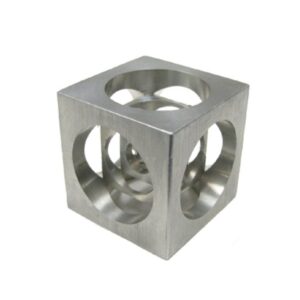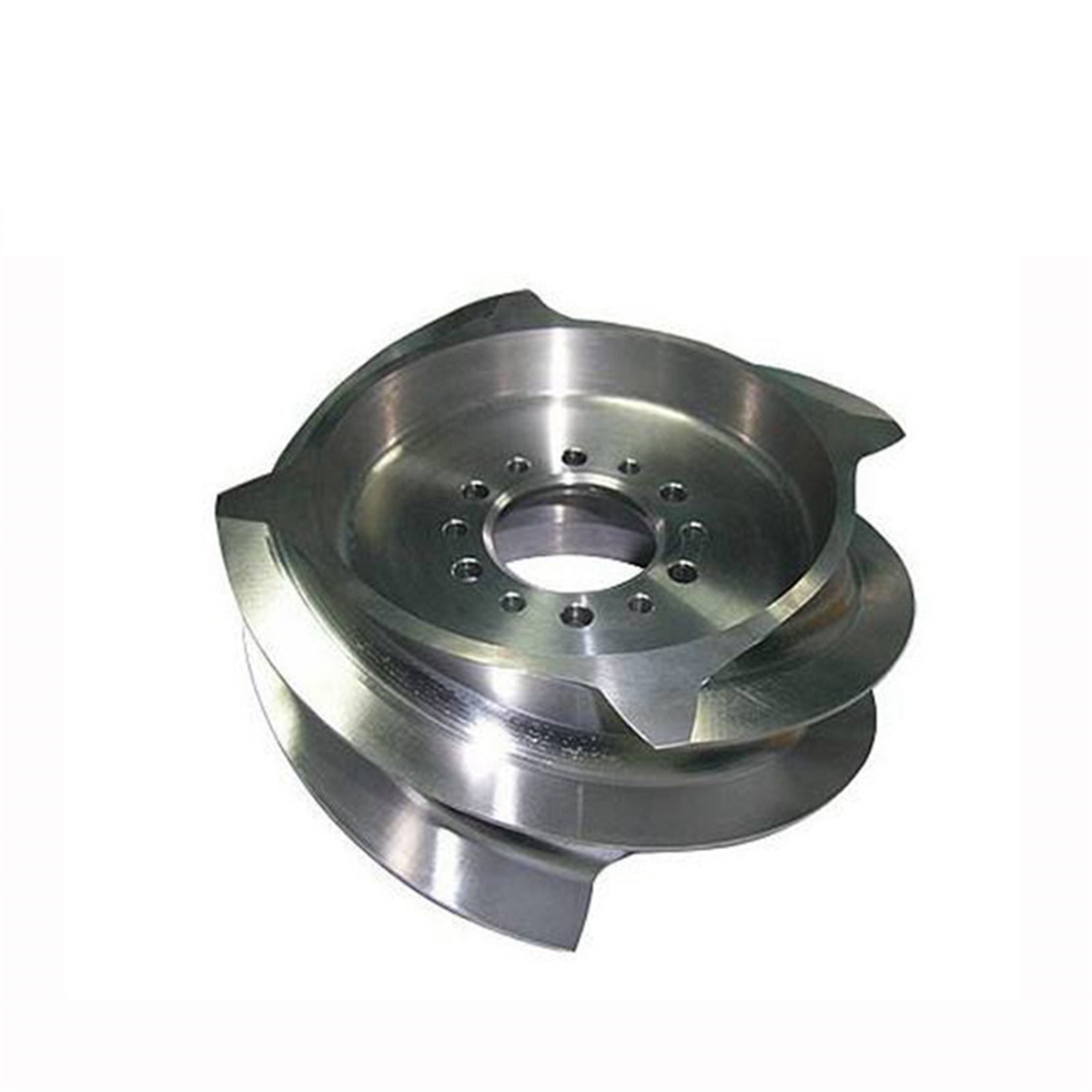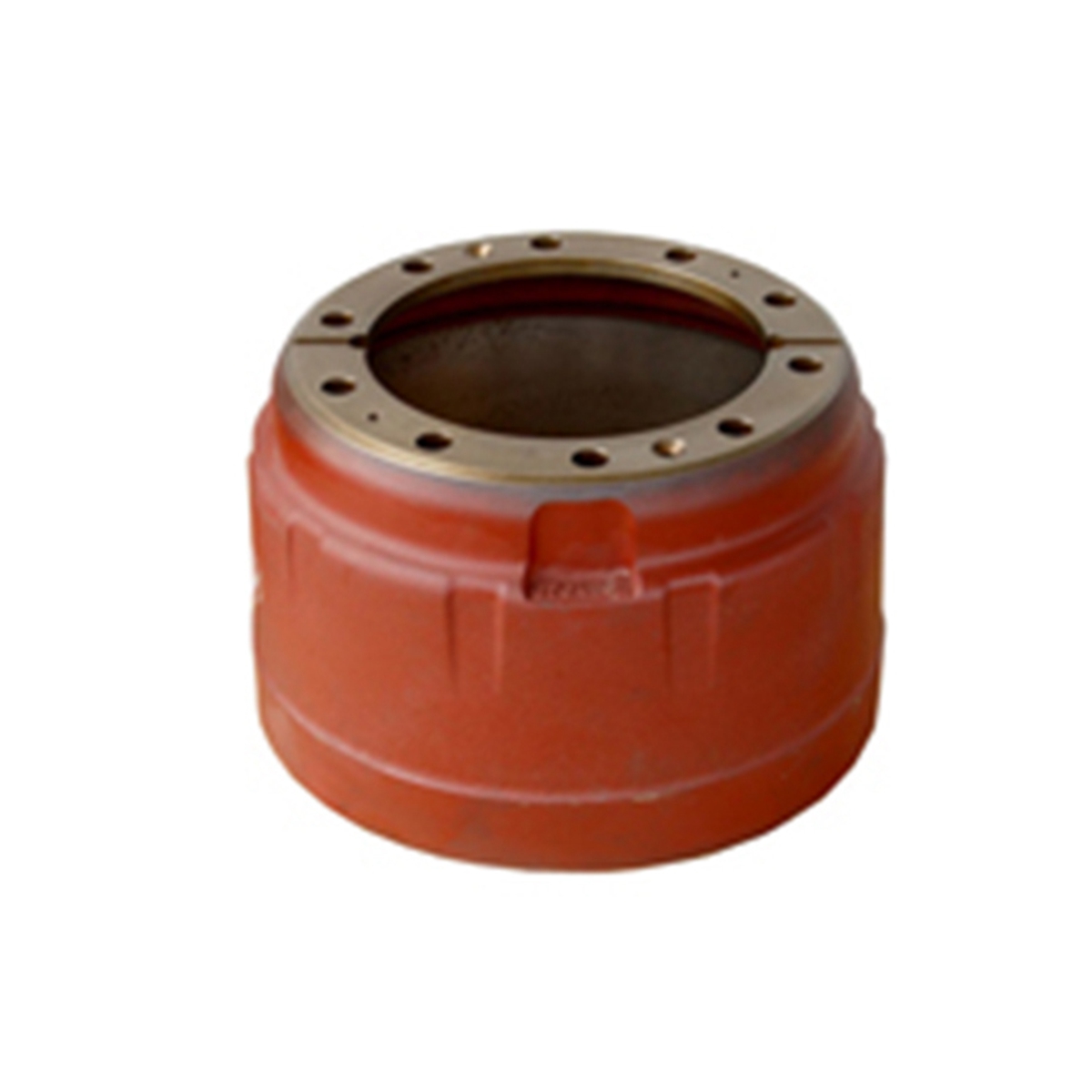Despite being austenitic stainless steels and having a similar chemical base, both grades offer comparable features of excellent resistance to corrosion and nonmagnetic properties. With a sulfur content ranging from 0.15% to 0.35%, 303 is an austenitic stainless steel grade that offers exceptional machinability.
303 stainless steel vs 304 stainless steel: Comparison Table
| Property | 303 Stainless Steel | 304 Stainless Steel |
| Chemical Composition | 17% Chromium, 8% Nickel, 0.15% Sulfur/Selenium (min) | 18% Chromium, 8% Nickel (min) |
| Machinability | Excellent (due to sulfur/selenium) | Good |
| Weldability | Poor | Good |
| Formability | Good | Good |
| Tensile Strength (MPa) | 510-590 | 535-750 |
| Yield Strength (MPa) | 205-290 | 205-325 |
| Elongation (%) | 40-60 | 40-60 |
| Density (g/cm³) | 7.93 | 7.93 |
| Corrosion Resistance | Moderate | Excellent |
| Cost | Lower | Higher |
It contains 8%–10% nickel and 18% chromium. The sulfur content largely offsets the corrosion resistance that this would normally offer. As a result, there is a small reduction in toughness and a decrease in corrosion resistance.
Being easily machinable comes with a trade-off. It can frequently be more expensive than alloy 304 because it does not require as much labor to form and press. Even though 303 is not as resistant to corrosion as 304 is, it is still quite resistant to oxidation when exposed to temperatures as high as 1400 °F on occasion.
Keep in mind that the sulfur content makes 303 poorly weldable, which may cause cracking. Additionally, selenium is occasionally used in place of sulfur. This has the same result as sulfur, improving machinability and lowering corrosion resistance.
Since grade 304 work hardens rapidly, machinability is an issue for grade 303. Contrary to grade 303, the chemical composition of stainless steel grade 304 is preferred in many industries due to its reliability and robustness, despite its lower machinability. Its balance of good formability and excellent resistance to corrosion makes it a versatile option.
This grade is widely used to produce applications where both machining and welding are needed, like kitchen equipment, architectural structures, and chemical containers. Their excellent anti-corrosion characteristics ensure that they can withstand harsh conditions without compromising their integrity.






